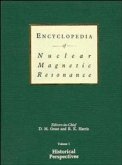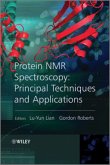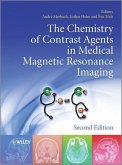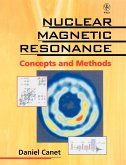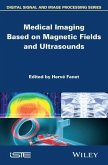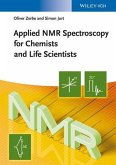Many important materials do not contain spin-1/2 nuclei traditionally investigated by NMR spectroscopy and secondly, dissolving solid materials in a solvent may be impossible or may destroy the integrity of the material. All these obstacles can be overcome by NMR experiments at high-magnetic field strengths and investigating the properties of quadrupolar nuclei.
This Handbook gives an up-to-date account of NMR of quadrupoloar nuclei in the solid state. Each chapter of the Handbook has been prepared by an expert who has made significant contributions to our understanding and appreciation of the importance of NMR studies of quadrupolar nuclei in solids. The text is divided into three Parts: A) Basic Principles of Quadrupolar NMR, B) Advanced Solid-State NMR Techniques to Investigate Quadrupolar Nuclei and C) Applications Involving NMR Studies of Quadrupolar Nuclei in Solids.
The first section provides the reader with the background necessary to appreciate the challenges in acquiring and interpreting NMR spectra of quadrupolar nuclei in solids. The second section presents cutting-edge techniques and methodology for employing these spectroscopic techniques to investigate quadrupolar nuclei in solids. The final section explores applications of solid-state NMR studies of solids ranging from investigations of biological samples to porous materials, catalysts, geological samples and high-temperature superconductors.
All these articles will be published on EMR: http://onlinelibrary.wiley.com/book/10.1002/9780470034590
This Handbook gives an up-to-date account of NMR of quadrupoloar nuclei in the solid state. Each chapter of the Handbook has been prepared by an expert who has made significant contributions to our understanding and appreciation of the importance of NMR studies of quadrupolar nuclei in solids. The text is divided into three Parts: A) Basic Principles of Quadrupolar NMR, B) Advanced Solid-State NMR Techniques to Investigate Quadrupolar Nuclei and C) Applications Involving NMR Studies of Quadrupolar Nuclei in Solids.
The first section provides the reader with the background necessary to appreciate the challenges in acquiring and interpreting NMR spectra of quadrupolar nuclei in solids. The second section presents cutting-edge techniques and methodology for employing these spectroscopic techniques to investigate quadrupolar nuclei in solids. The final section explores applications of solid-state NMR studies of solids ranging from investigations of biological samples to porous materials, catalysts, geological samples and high-temperature superconductors.
All these articles will be published on EMR: http://onlinelibrary.wiley.com/book/10.1002/9780470034590


